Famous pirate legends: separating fact from fiction
Ahoy, mateys! Welcome aboard this thrilling voyage through the annals of pirate lore. Pirates have long captured our imaginations, with their daring exploits and mysterious treasures.
These sea rogues sailed the high seas, leaving behind tales that blend fact and fiction, making it hard to tell where history ends and legend begins. Set sail with us as we explore the lives of some of the most notorious swashbucklers and the myths surrounding them.
The Golden Age of Piracy: Setting the Stage for Legendary Tales
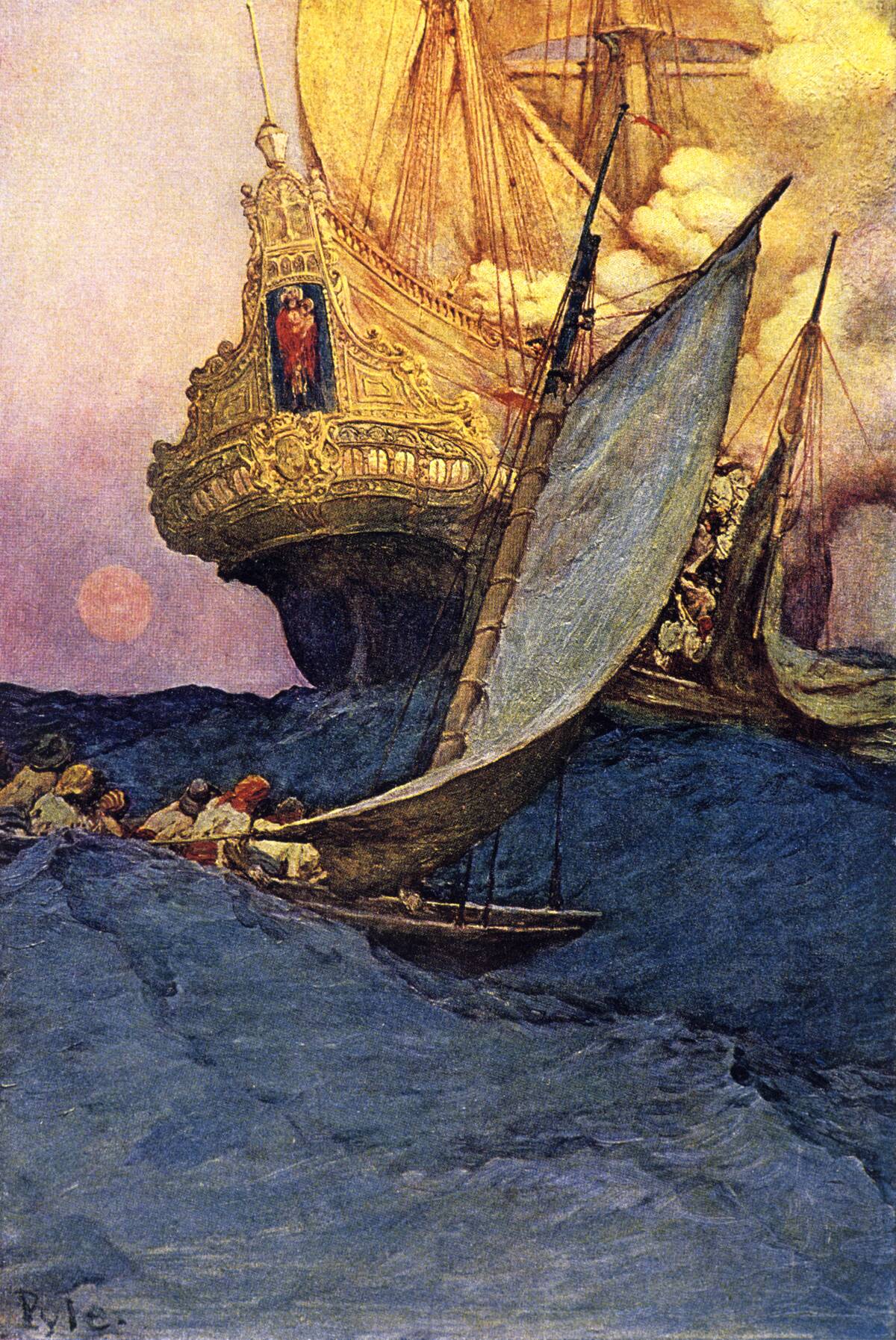
The Golden Age of Piracy, spanning the late 17th to early 18th centuries, was a time when piracy thrived. This era was fueled by the riches of the New World and the power struggles among European empires.
Pirates like Blackbeard and Calico Jack emerged during this time, seizing ships and treasures with abandon.
Blackbeard: The Infamous Pirate King and His Fearsome Reputation
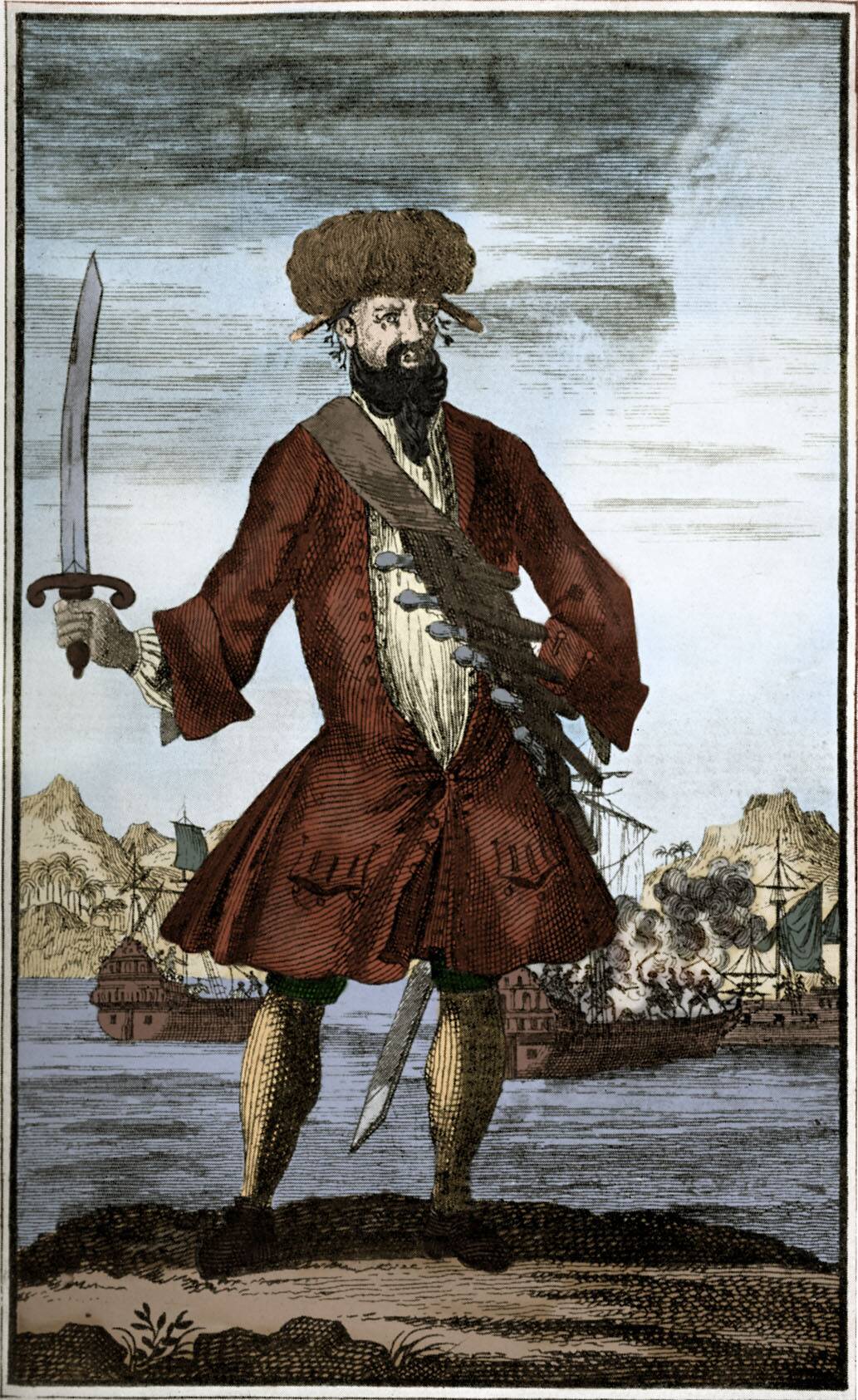
Blackbeard, whose real name was Edward Teach, was one of the most feared pirates of all time. Known for his thick black beard and terrifying appearance, he commanded the Queen Anne’s Revenge.
Blackbeard’s reputation was so fearsome that he often won battles without firing a shot. Despite his menacing image, he was a cunning strategist and skilled leader, which helped him amass a fleet and a fortune. His legend lives on as a quintessential pirate figure.
Anne Bonny and Mary Read: The Fierce Female Pirates Who Defied Norms
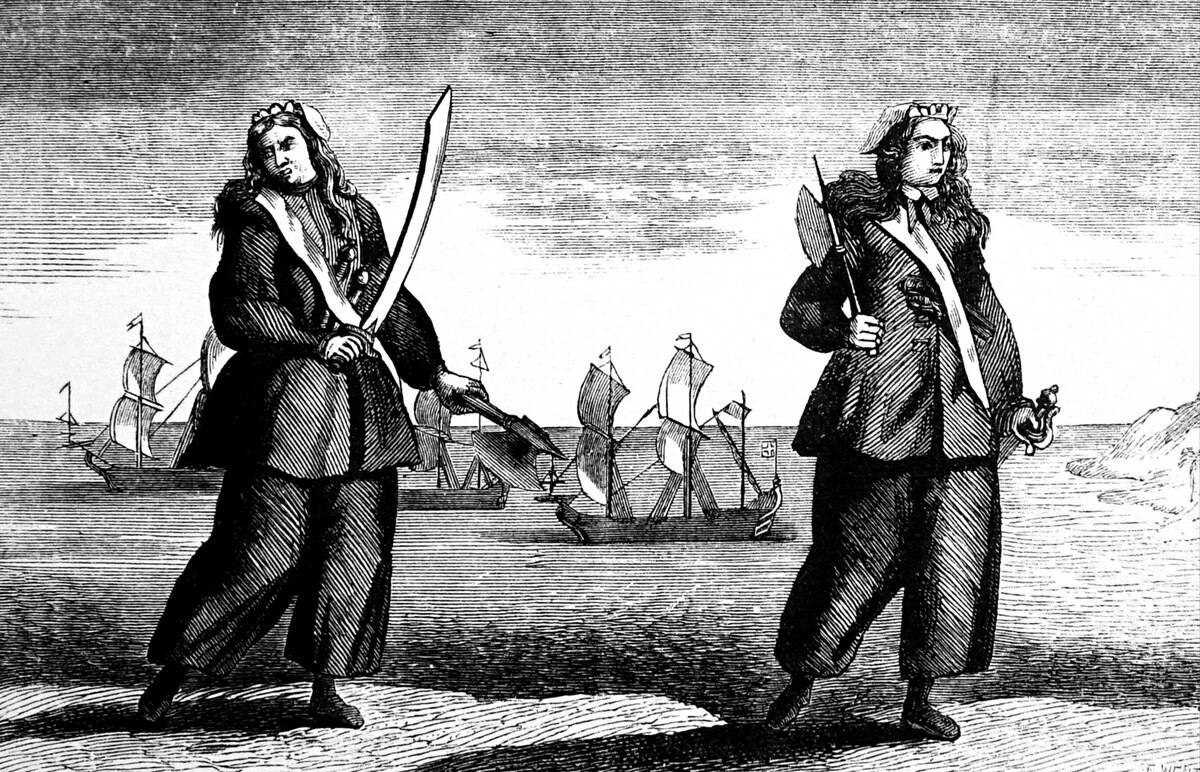
Anne Bonny and Mary Read were two formidable women who challenged the male-dominated world of piracy. Bonny, born in Ireland, joined the crew of Calico Jack Rackham, often disguising herself as a man.
Mary Read, also posing as a man, was known for her bravery in battle. Their partnership was legendary, and they fought fiercely to protect their freedom. Their defiance of societal norms and courage in a man’s world continue to inspire tales of pirate adventures.
Captain Kidd: Was He Really a Notorious Pirate or Just Misunderstood?
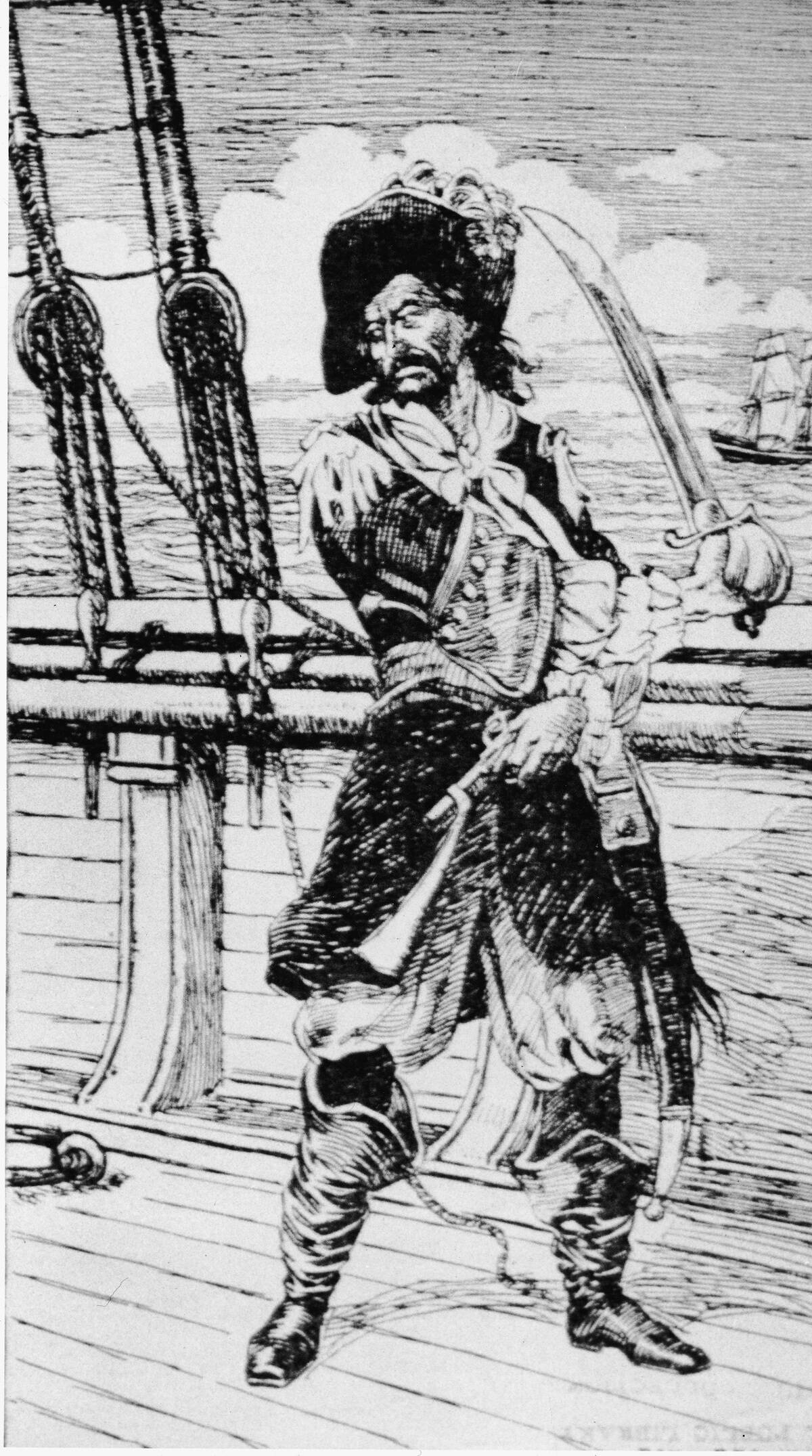
Captain William Kidd’s story is one of intrigue and controversy. Initially commissioned as a privateer by the English government, his mission was to hunt pirates. However, when he attacked a massive ship called the Quedagh Merchant with a questionable legal status, he was branded a pirate.
Was Kidd truly a pirate, or just a fall guy for political machinations? Regardless, his trial and execution cemented his infamy, and the mystery of his hidden treasures adds to his enigmatic legacy.
Calico Jack Rackham: More Than Just a Fashion Statement
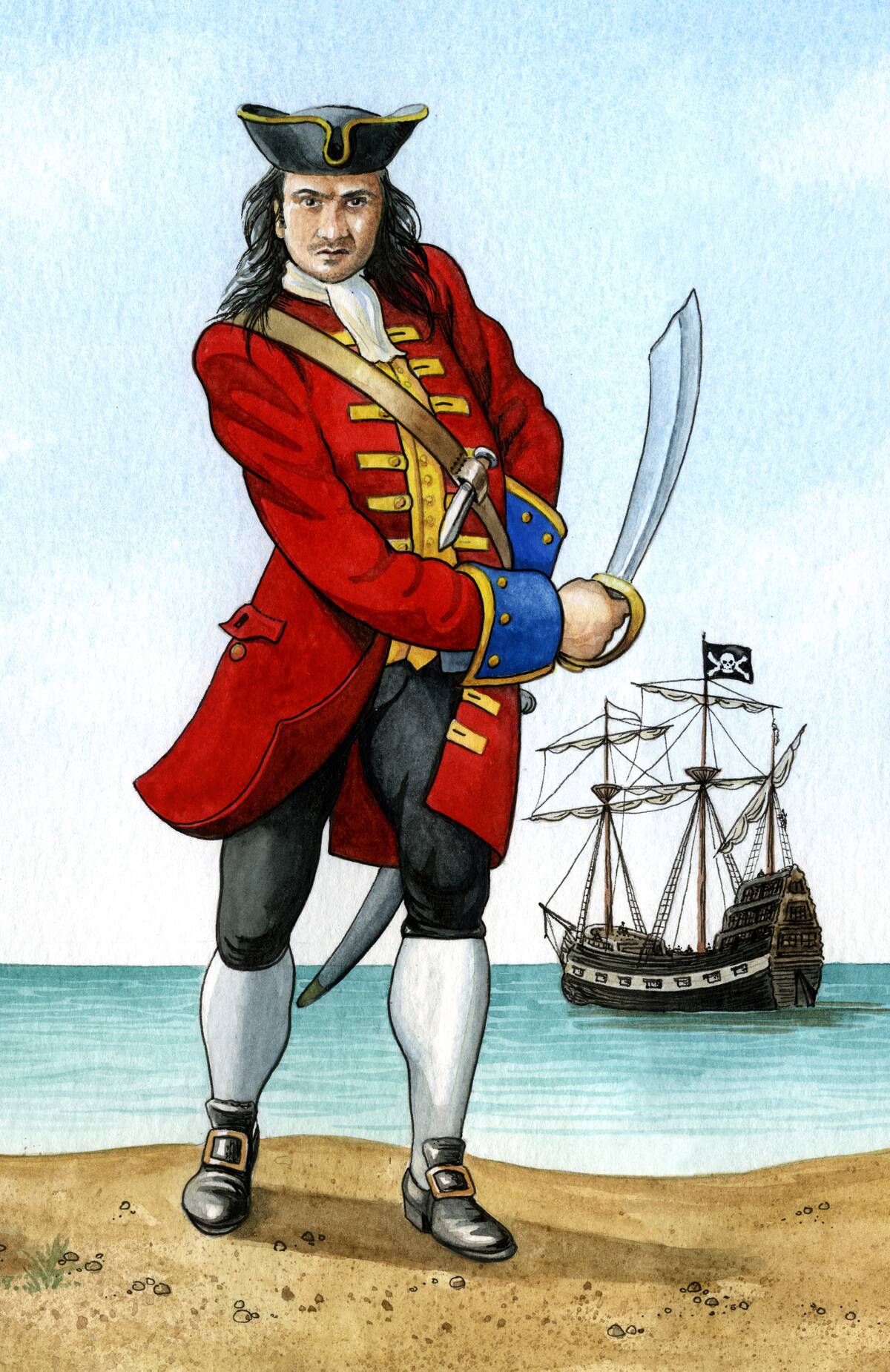
Calico Jack Rackham is best known for his flamboyant style, sporting colorful calico clothing. But he was more than just a dandy pirate; he was a cunning sailor who captured numerous ships.
Rackham’s partnership with Anne Bonny and Mary Read added to his notoriety. His exploits may have been short-lived, but his legacy endures, particularly through the iconic Jolly Roger flag he popularized, which has become synonymous with pirate culture.
The Mystery of Captain Henry Morgan: Pirate or Privateer?
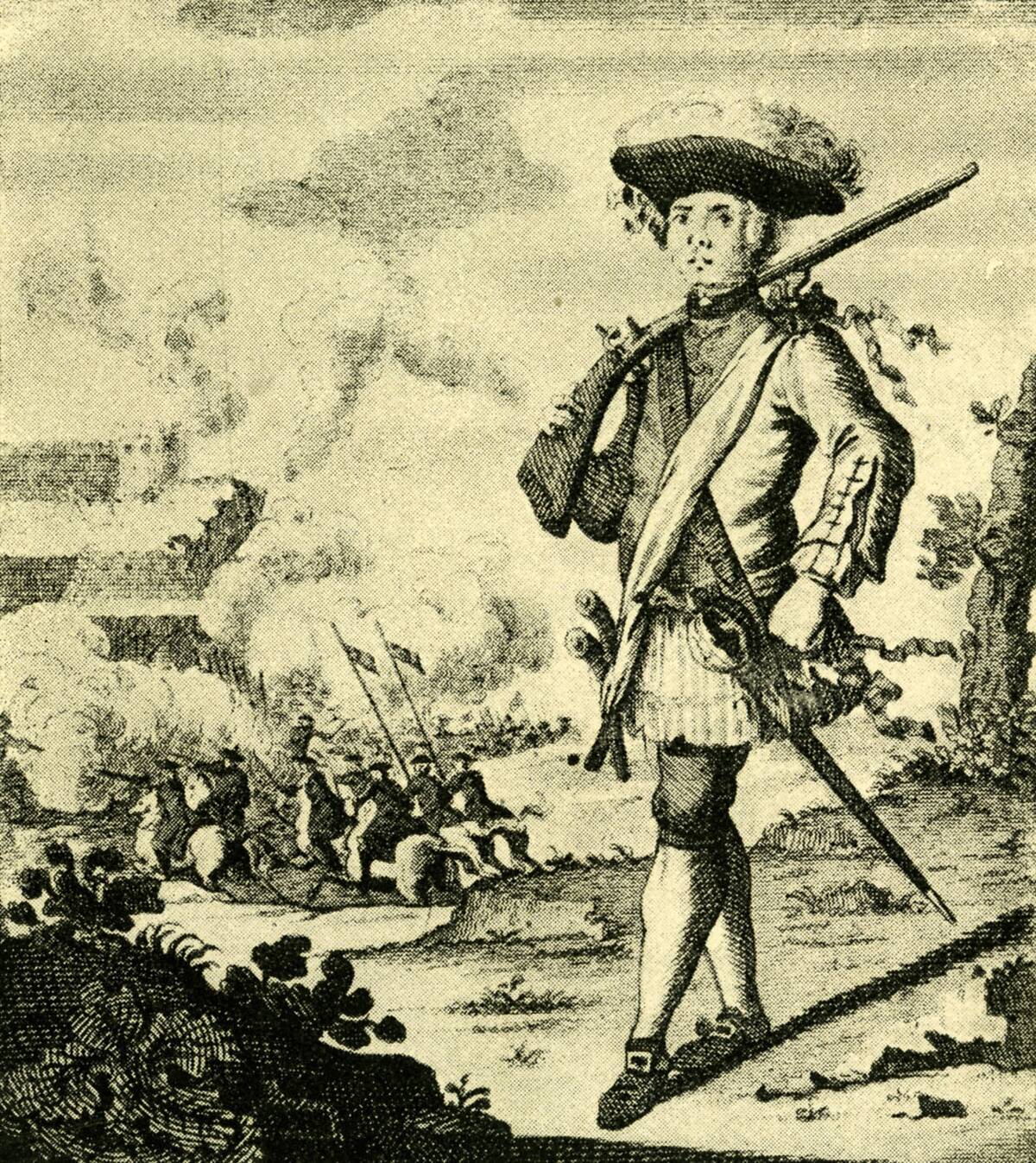
Captain Henry Morgan’s life blurs the line between pirate and privateer. Commissioned by the English crown, Morgan raided Spanish settlements in the Caribbean, amassing great wealth. His daring raids, like the capture of Panama City, earned him fame and fortune.
Despite his ruthless tactics, Morgan was knighted and served as the Lieutenant Governor of Jamaica. His life reflects the complex nature of piracy, where legality and morality often intersect in murky waters.
The Legend of the Flying Dutchman: Ghost Ship or Nautical Myth?
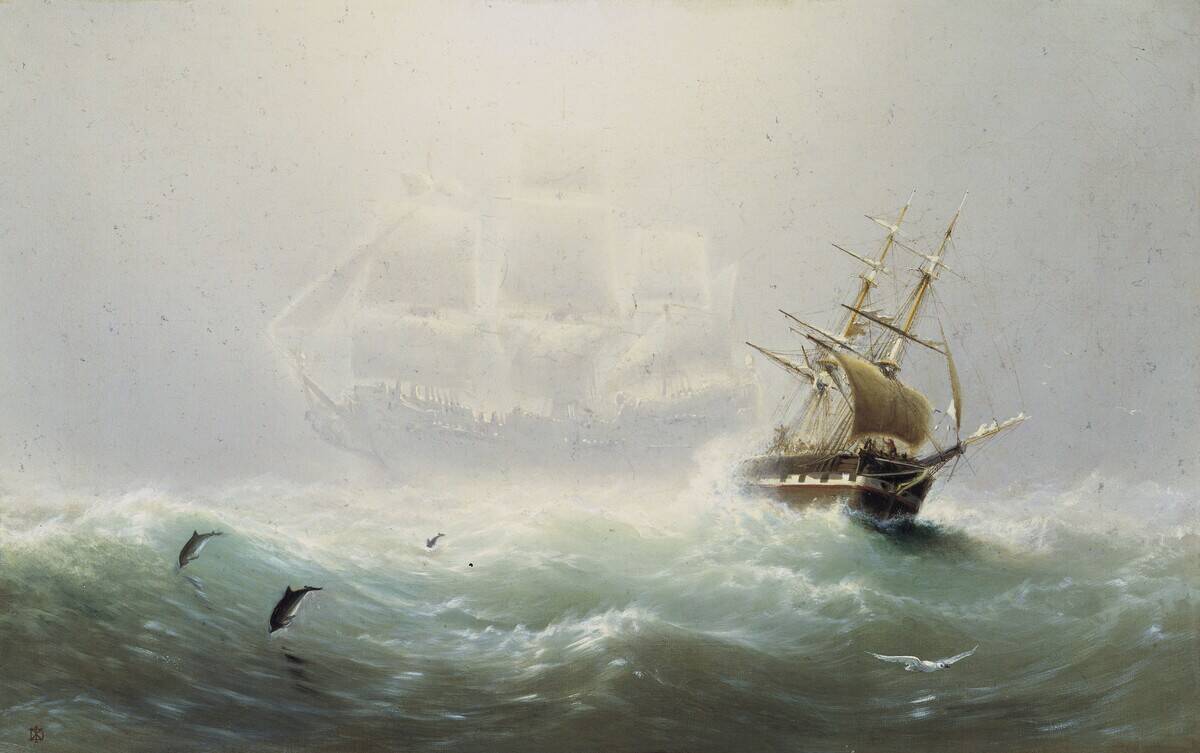
The Flying Dutchman is a ghost ship legend that has haunted sailors for centuries. According to folklore, this cursed vessel is doomed to sail the oceans forever, never making port. The tale likely originated from 17th-century nautical superstitions and has been embellished over time.
Sightings of the phantom ship are said to be a bad omen, fueling its mythical status. The Flying Dutchman remains a staple in pirate lore, embodying the eerie mysteries of the sea. In actuality, proponents of this myth likely fell for an optical illusion in which a ship can appear to be flying over the sea in certain light refraction circumstances.
Treasure Maps and Buried Gold: The Allure of Hidden Pirate Loot
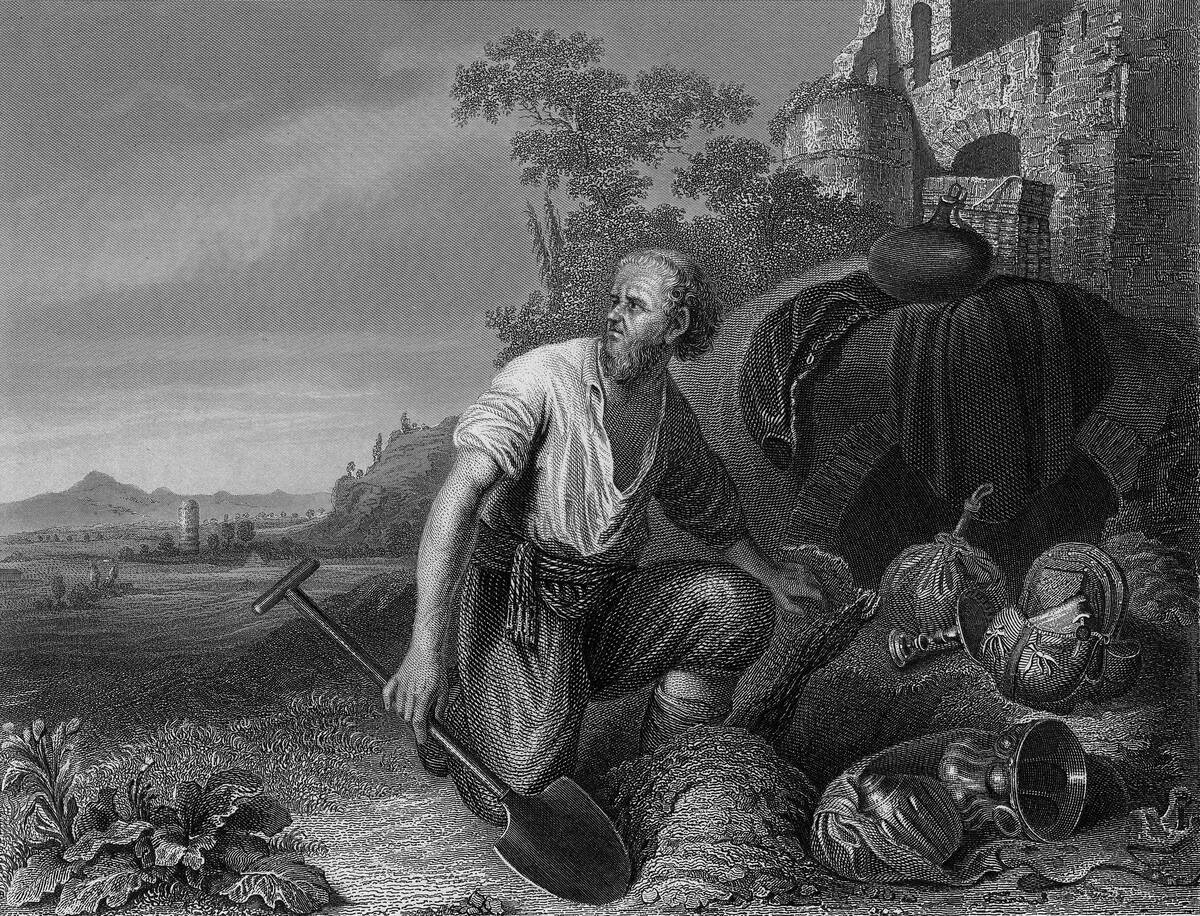
The notion of buried pirate treasure captivates adventurers and storytellers alike. While real-life pirates rarely buried their loot, tales of hidden gold and treasure maps have persisted. The story of Captain Kidd’s buried treasure, for instance, continues to spark imaginations.
These legends have been popularized by literature and films, adding to the mystique of piracy. The idea of undiscovered fortunes still entices treasure hunters, proving the lasting allure of pirate lore.
Pirate Flags: Jolly Roger and Other Fearsome Symbols
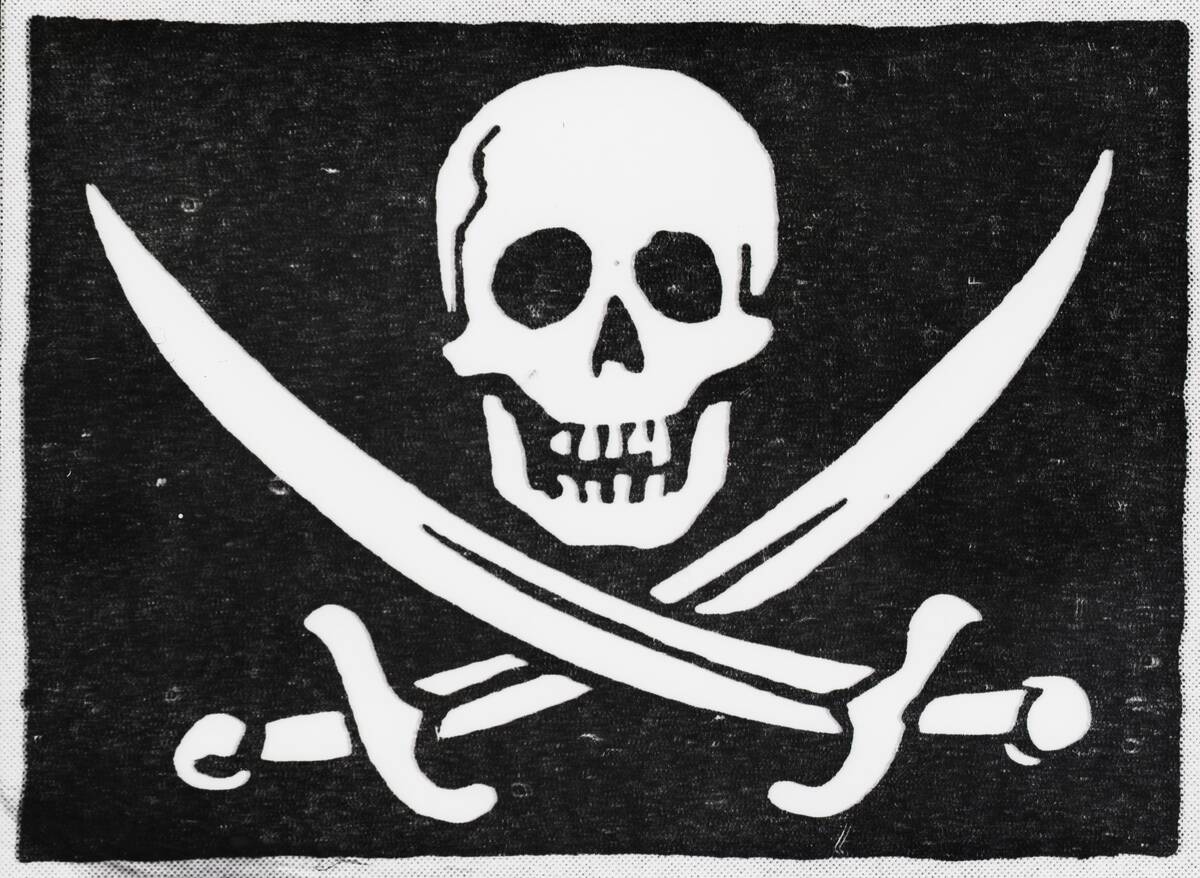
Pirate flags, especially the Jolly Roger, were designed to strike fear into the hearts of their enemies. The skull and crossbones are the most iconic design, but pirates used various symbols to convey their intentions.
These flags were not just threats; they were psychological weapons, giving ships a chance to surrender. The Jolly Roger’s enduring legacy is a testament to its effectiveness, and it remains a powerful symbol of rebellion and adventure in popular culture.
Pirate Language: Arrr You Ready to Talk Like a Swashbuckler?
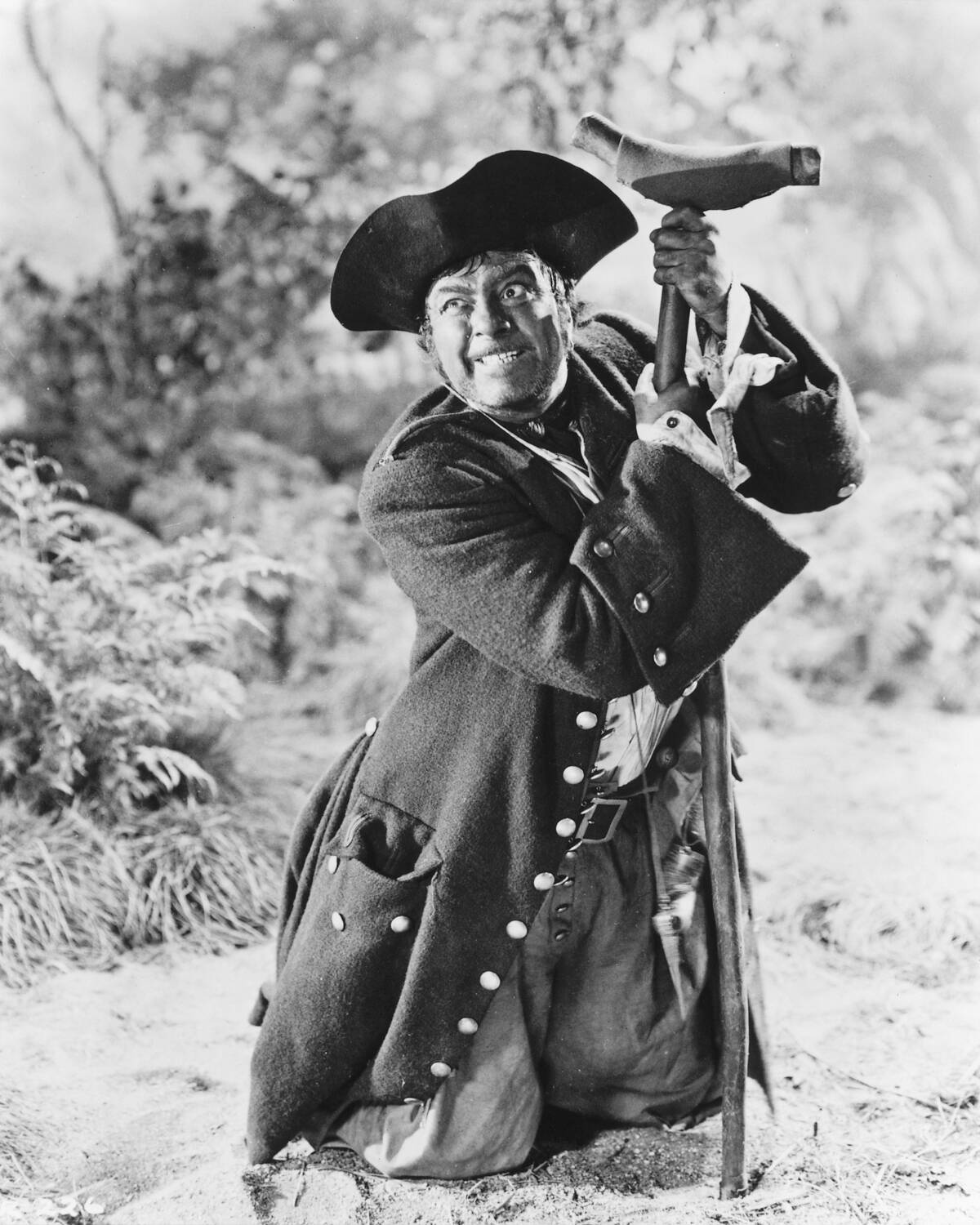
Pirate lingo has become part of our cultural lexicon, with phrases like “Arrr” and “Shiver me timbers!” adding color to pirate tales. While historical pirates likely didn’t speak with the exaggerated accents we associate with them today, this speech pattern has become iconic.
Much of the modern pirate speak was popularized by the 1950 film Treasure Island, with actor Robert Newton’s portrayal of Long John Silver setting the standard for pirate dialogue.
Walking the Plank: Fact or Fiction in Pirate Punishments?
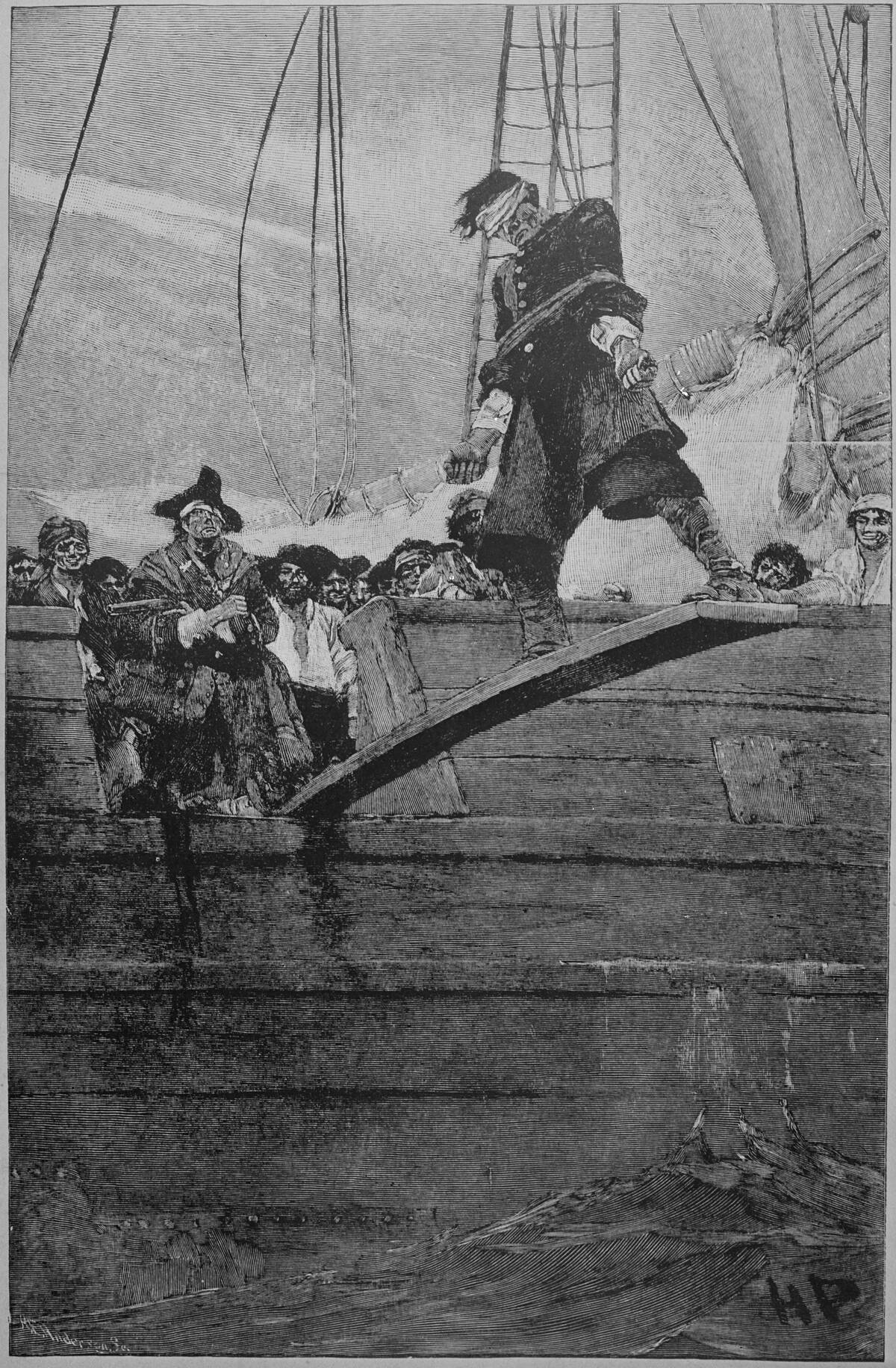
Walking the plank is a popular pirate trope, but historical evidence is scant. While it’s a dramatic image, pirates typically preferred more practical punishments, like marooning or flogging.
The notion of making captives walk the plank likely emerged from literary sources and was later embellished by Hollywood. Although it did happen on occasion, it wasn’t anywhere as prevalent as literature would lead people to believe.
The Real Pirates of the Caribbean: Beyond Hollywood’s Imagination
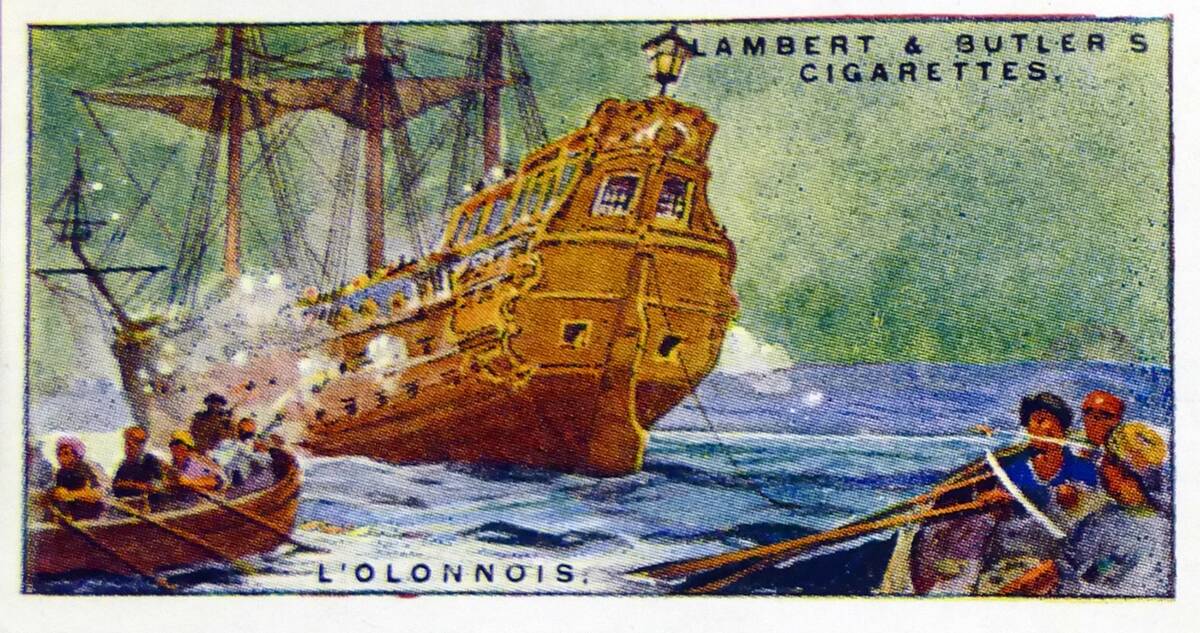
The real pirates of the Caribbean were a diverse and motley crew, far from the romanticized figures of Hollywood. These men and women were often driven by desperation and a desire for freedom.
The Caribbean’s strategic location made it a hotspot for pirate activity, with notorious pirates like Blackbeard and Calico Jack calling the region home. Their stories, filled with daring and danger, provide a more nuanced view of piracy beyond the silver screen’s glitz.
The Lost Pirate Utopias: Libertalia and Other Mythical Havens
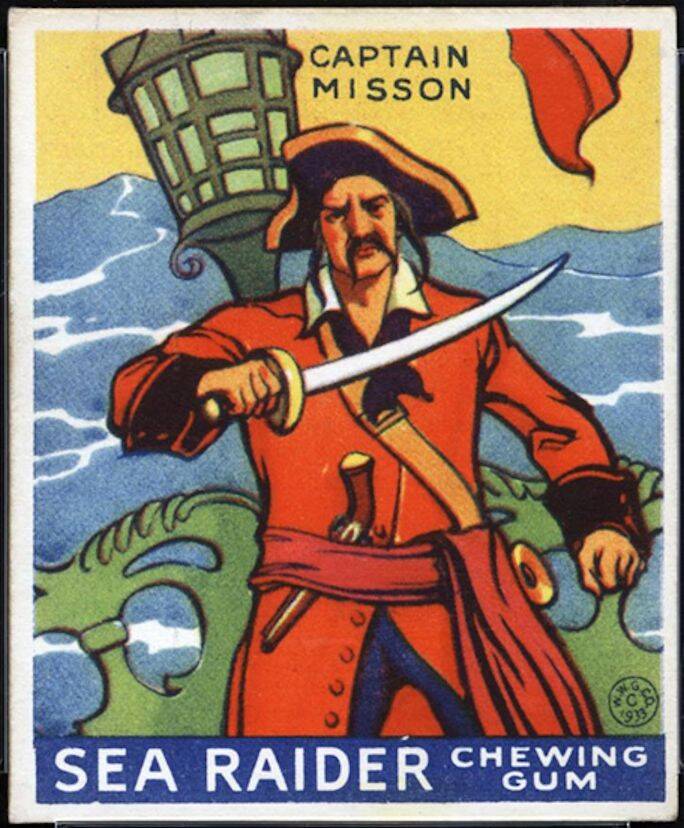
Libertalia is a legendary pirate utopia rumored to have existed in Madagascar and to be founded by Captain James Mission (pictured). According to lore, it was a haven where pirates lived freely, governed by their own rules. Though there’s no historical evidence to support its existence, the idea of a pirate paradise has captured imaginations.
Such stories reflect the pirates’ yearning for freedom and autonomy, ideals that resonate with many even today. Whether myth or reality, these tales continue to intrigue and inspire.
Modern-Day Piracy: How Today’s Pirates Compare to Their Legendary Predecessors

Modern-day piracy is a far cry from the swashbuckling tales of yore. Today’s pirates often operate in regions like the Somali coast, targeting cargo ships with speedboats and modern weaponry. While their methods have evolved, the motivation remains similar: Economic gain.
Unlike their historical counterparts, modern pirates face advanced naval forces and international law enforcement. Despite these differences, the spirit of adventure and rebellion that characterized historic piracy still echoes in today’s maritime outlaws.
Famous Pirate Ships: Vessels That Became Legendary
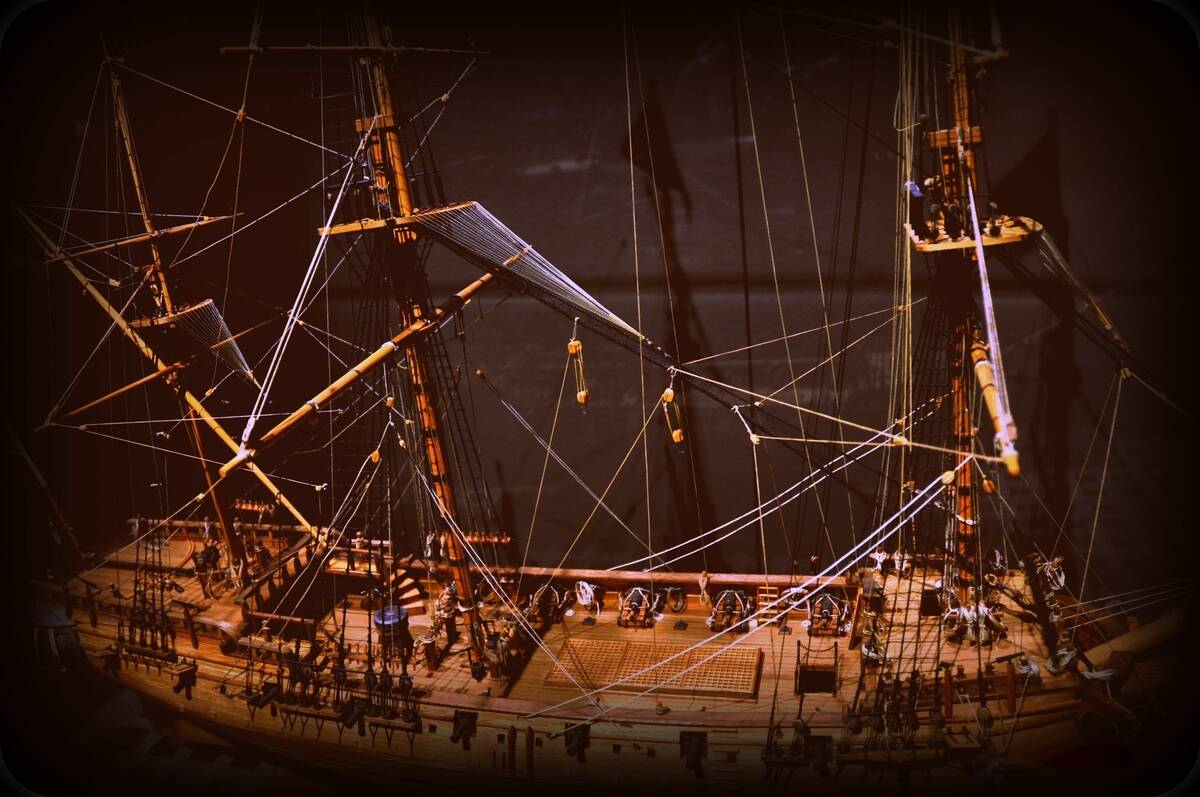
Pirate ships like the Queen Anne’s Revenge and the Whydah Gally have become legends in their own right. Blackbeard’s flagship, the Queen Anne’s Revenge, was a formidable warship that struck fear into the hearts of his enemies.
The Whydah Gally, captained by “Black Sam” Bellamy, was a former slave ship turned pirate vessel that met a tragic end in a storm. These ships were more than just transportation; they were symbols of pirate power and ambition.




